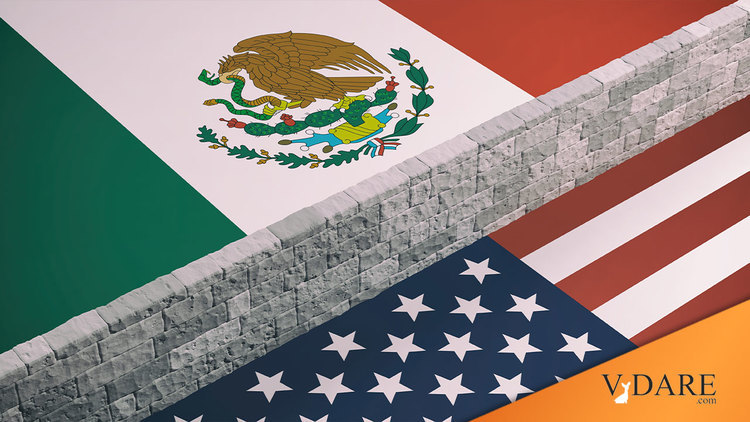


08/02/2006
In the early days of our Iraq adventure, the Bush Administration said that the war on terrorism was "better fought in Baghdad than Boston."
While you don’t hear that phrase any more, it is starkly reflected in Bush spending priorities.
From the time U.S. forces invaded Iraq in March 2003, $254 billion has been spent on U.S. military activities [CBO, "Estimated Costs of U.S. Operations in Iraq Under Two Specified Scenarios," July 16, 2006. PDF] there, according to the Congressional Budget Office. (This does not include $14 billion spent to train and equip Iraqi forces and $22 billion for reconstruction and relief efforts.) In the current fiscal year, the Pentagon is spending about $7.25 billion a month on the war in Iraq, or about $240 million per day.
Meanwhile, the FY2007 budget requests only $42.7 billion for the entire Department of Homeland Security, including immigration enforcement — i.e. about six months' Pentagon spending in Iraq.
The vast bulk of this is for routine administrative expenses and FEMA’s post-Katrina work. When it comes to new initiatives to secure the nation’s borders, seaports, airports, and immigration enforcement, HS spending commitments are alarmingly small.
Below is a sample of homeland security items in the FY2007 Budget, their estimated costs, and the time it takes the Pentagon to burn through the same amount in Iraq.
And now for the grand finale. Although this last item is the least costly, it may yield one of the biggest benefits.
After the first 10 miles of border fence was completed, arrests of illegal immigrants trying to cross the San Diego border sector plummeted from about 25,000 per year to 3,000 per year. But of course the San Diego fence pushed the illegal influx eastward, into the (less hospitable) Arizona desert.
A serious commitment to border security would require fencing off the entire southern border — all 1,891 miles of it. (For comparison, we have 40,000 miles of Interstate highways.) At $1.7 million per mile (the cost of the first 10 mile stretch in San Diego), the entire U.S.-Mexican border could be sealed off for $3.3 billion dollars.
Iraq spending equivalent: 13.8 days.
Cost/benefit analysis, anyone?
Edwin S. Rubenstein is President of ESR Research Economic Consultants in Indianapolis.